By Kyle Pinion & Hannah Lodge
After a weekend of binge-watching, we’re finally finished with Season 1 of Marvel’s Daredevil, now available on Netflix. Early chatter on the show was primarily positive and elevated our expectations, but even going in with those high hopes, we ended the series feeling satisfied. Right now the superhero TV landscape is fairly dull, with shows like CW’s The Flash and Agent Carter providing glimmers of hope. And even those successes are occasionally weighed down by typical network trappings, like the CW’s penchant for casting models as actors or ABC’s decompressed storytelling.
In Netflix’s Daredevil, we have a show that probably gets the closest of any comic-based series to doing its source material justice.
Here’s a breakdown of what we thought worked the best for Daredevil and what we’d like to see improved in a second season.
What Worked?
The Casting: The two most important roles here are Matt Murdock and Wilson Fisk (as you’d imagine). On both counts, this show nails the casting. It’s easy to talk about why Vincent D’Onofrio excels as The Kingpin. D’Onofrio brings more depth, sadness, and humanity to the role than we’d ever have expected, and crafts a villain that is the most compelling we’ve seen since Loki in Marvel canon. Charlie Cox’s performance is more nuanced but arguably just as difficult to get right. Matt is obviously tortured by questions of faith and justice, but the tortured hero bit can easily go overboard (see Ben Affleck’s take on the same protagonist). Cox manages to reign it in while still providing a superb performance, often from beneath a mask or sunglasses – a challenge for the best of performers. Karen (Deborah Ann Woll), Foggy (Elden Henson), and Matt also have great chemistry as a group, and Matt’s chemistry with Claire (Rosario Dawson) is also very easy and natural. Honorable mentions are also owed to Toby Leonard Moore as Wesley and Bob Gunton as Leland Owlsley.
The Stunts: Apparently with a bigger budget comes better stunt coordination (who would’ve thought?). The fight scenes here are on caliber with Marvel’s very best cinematic stunt work and even conjure comparisons to The Raid and John Wick. Philip J. Silvera manages to keep the fight scenes fresh and unique, and the hand-offs between Cox and his stuntmen are seamless. The second episode features a one-take shot that is particularly stunning.
The Writing: It’s impressive when the show’s scripts manage to pay homage to both Brian Bendis and Frank Miller, but that’s exactly what happens here. The characters and relationships feel like a direct pull from the pages of Miller’s work, while they’ve been grafted onto an environment and tone created by Bendis – a true crime take on the superhero genre. As we watched we often found ourselves joking about the over-expository dialogue we would ordinarily be hearing on similar series, grateful for its absence. Television works best when it shows rather than tells, and Daredevil mostly gets this right (with one exception, which we’ll get to later).
The Flashbacks: We’re all tired of superhero origin stories. We weren’t particularly interested in spending two to three episodes with a child-aged Matt and watching him grow up, and thankfully Daredevil spared us from that fate by using flashbacks sporadically and with restraint. Peppered throughout the series, flashbacks to both Wilson Fisk and Matt Murdock’s childhood gave us just enough background to fully realize their characters and the parallels between the two. They also helped establish Hell’s Kitchen as a player in the story, giving the audience a peek at how the city crafted the men and became the central motivation for the two.
The Landscape: Speaking of the city – before Daredevil released, there were a lot of jokes about how difficult it would be to use Hell’s Kitchen as a gritty setting when we all know New York City to be the Land of Ridiculously Expensive Real Estate. The solution for this was fairly genius, setting Daredevil in a post-Avengers world, where the events of Marvel’s The Avengers leave New York in a state of disrepair and recovery, somewhat akin to New Orleans post-Katrina. And to take it a step further, the motivation for our central antagonist basically boils down to gentrification. Fisk wants to knock down low-rent, affordable real estate and fill it with high-priced condo developments. This is a ridiculously realistic goal for a villain, and somewhat of a political statement to boot.
What Didn’t Work?
The Newspapers: It often felt like Daredevil was pulling a bit from The Wire at times – you had the drugs and the human trafficking at the docks, you had the legal system, and you had the media, all playing out to show the widespread corruption throughout the city. Unfortunately it felt like the newspaper angle fell a little short, resulting in plot beats that were repetitive and ultimately didn’t really go anywhere. Vondie Curtis-Hall plays the hell out of the role he’s given as Ben, a reporter who’s struggling to convince his editor that sweeping investigations into corruption are worth the trouble. But his frequent liaisons with Karen feel like the same scene played out every time: one of them tells the other this work is too dangerous and they argue about whether to move forward ad nauseum. We wish this plot had either resulted in more or had been given less screen time all together.
The Lack of Lawyers: Episode 6 was probably the episode in which we see the least of Matt Murdock and the most of Daredevil. It also exposed what is both a strength and weakness of the show – Matt Murdock is more compelling than his alter ego. We appreciated all of the character building done with Matt, but wished to see more of him as a lawyer in action. We ended up with a few courtroom scenes and client consultations, but on the whole the balance leaned towards his less-legal pursuits. In a second season we’d love to see more of Matt and Foggy doing their day jobs.
The Costume: This might seem nitpicky, but we spent several episodes looking forward to this incredible, lightweight armor that Matt was after, and once he put it on we kind of wished he was wearing his black street clothes again. Kyle, the traditional comic book fan, hated the costume because it wasn’t red enough, it looked too grounded, and it didn’t feel like Daredevil. Hannah, the newcomer to this character, hated the costume because it somehow managed to look less sleek than his black outfit and the horns looked strangely out of place. So basically, the costume felt like a weird sort of compromise that could please neither the “give-me-something-realistic” camp nor the “pay-homage-to-the-character” camp. Sometimes you’ve just got to pick a side, or you risk pleasing no one.
But hey, the complaints are pretty minor, all things considered. Daredevil absolutely raises the bar for comic-based television, and we can’t wait to see what the Netflix and Marvel collaboration brings next.


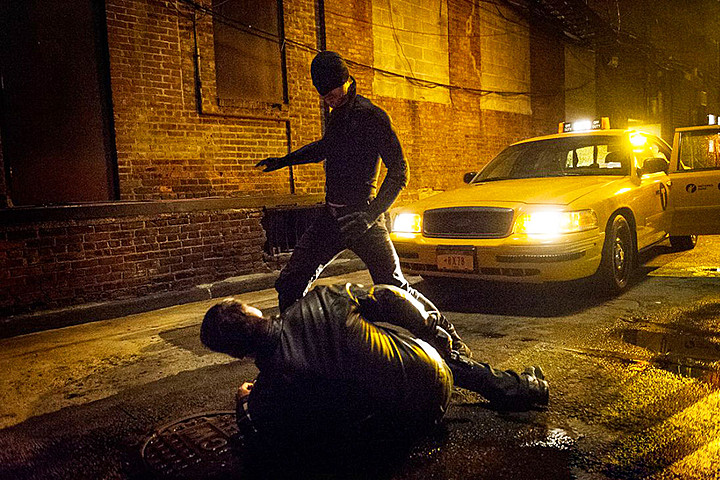
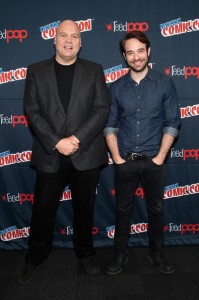
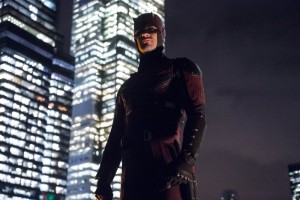

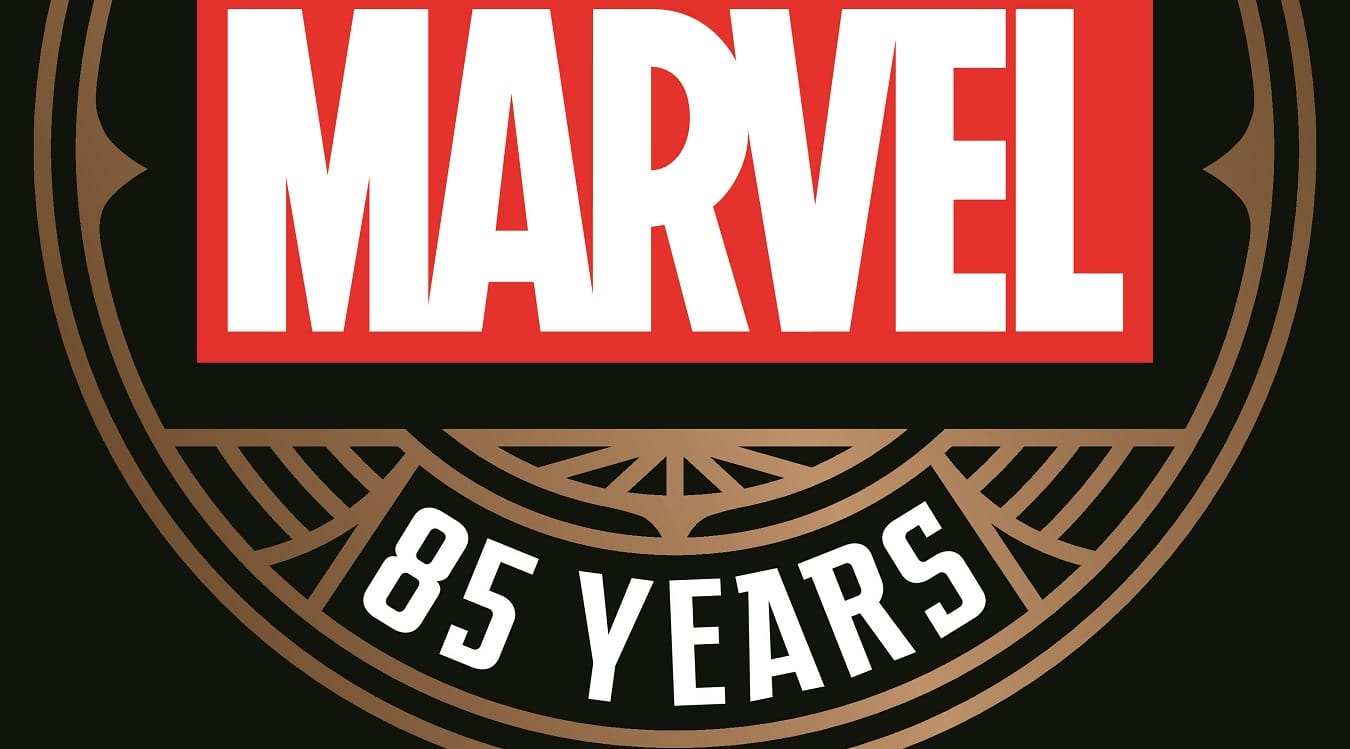
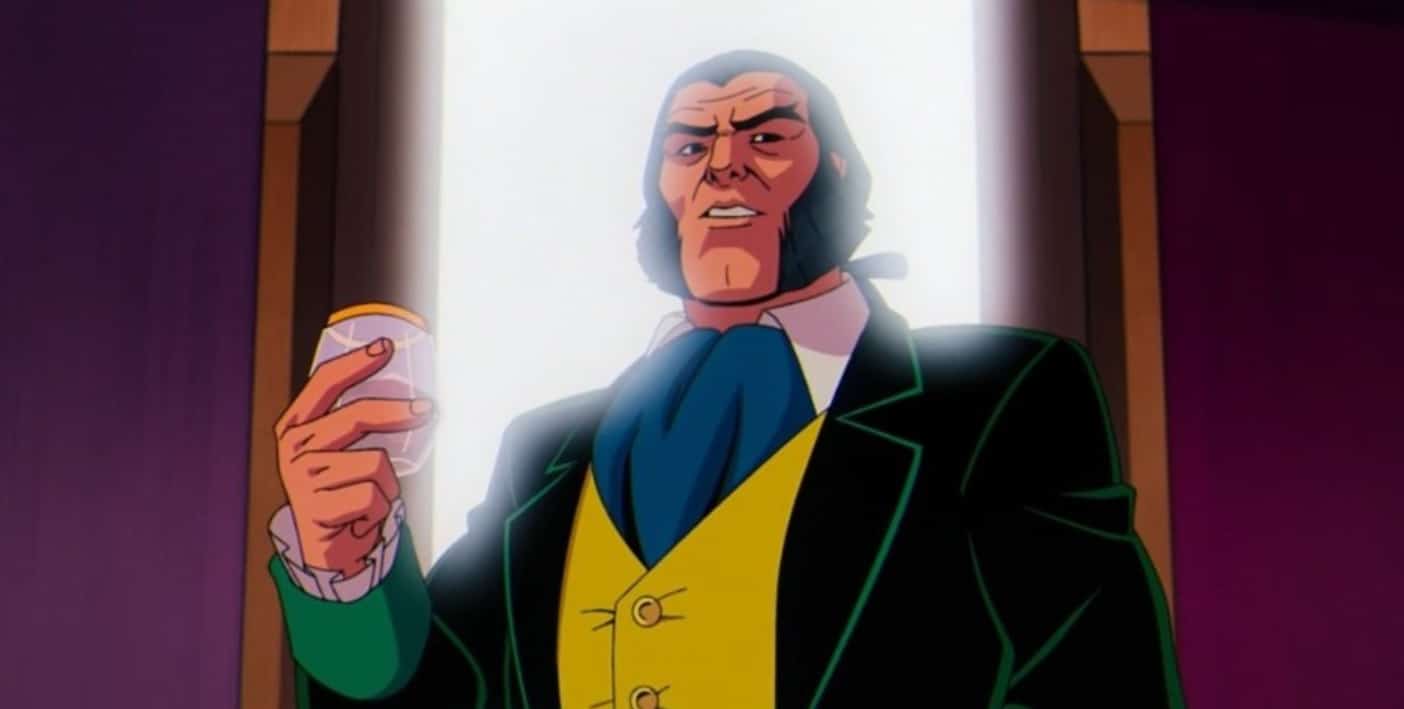
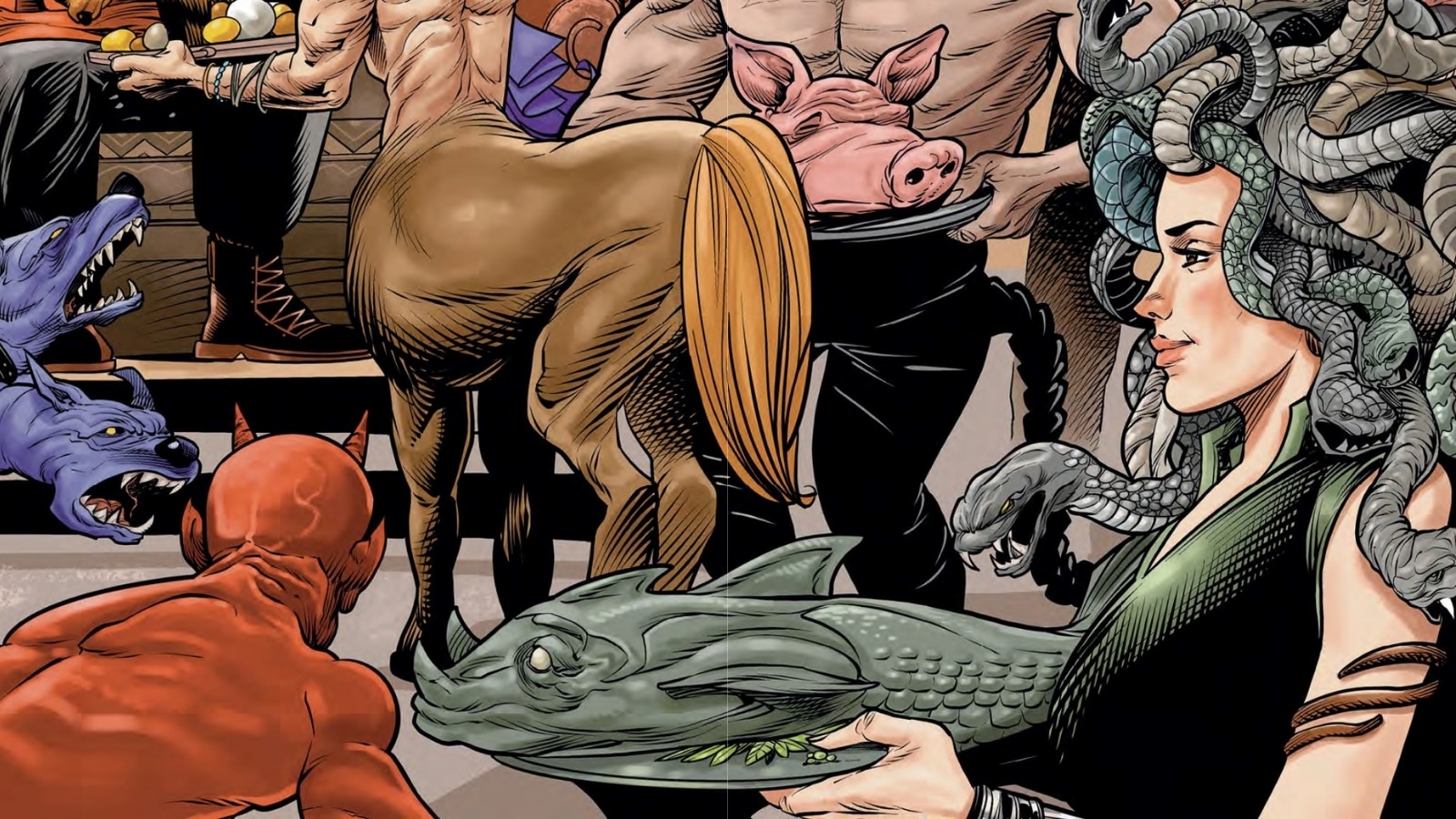


The costume’s a work in progress. I expect a DD to show up when next we see him.
The costume was a real let down. He looked badass in the Miller-inspired black outfit, and like an absolute clown in the DD suit. It makes Cox’s face look like it’s folding in and the horns are chronic… Not cool at all.
If I was kingpin I’d have laughed when he appeared.
It’s kind of silly to establish that Fisk has these perfectly tailored suits that are in fact knife and/or bullet proof, and then have the same tailor make a suit for Matt that’s full of plastic armor and buckles.
By that point in the show, we’ve accepted Daredevil as someone who can survive these fights in nothing but cargo pants, a lycra shirt, and some elbow pads. We’ve had 12 hours to suspend our disbelief. We’ve bought into the fantasy. They don’t need to compromise on the costume to make it seem ‘realistic’.
As silly as the Affleck leather costume may have been, it was a more faithful attempt at the costume.
Hopefully this red & black version is the MCU equivalent of his armored costume, circa issues 319-344, and will get redesigned in (or prior to) season 2.
Also, one thing I did like not mentioned: the use of yellow throughout the show through windows and blinds. Felt very much like a coloring palette from the comics.
Comments are closed.